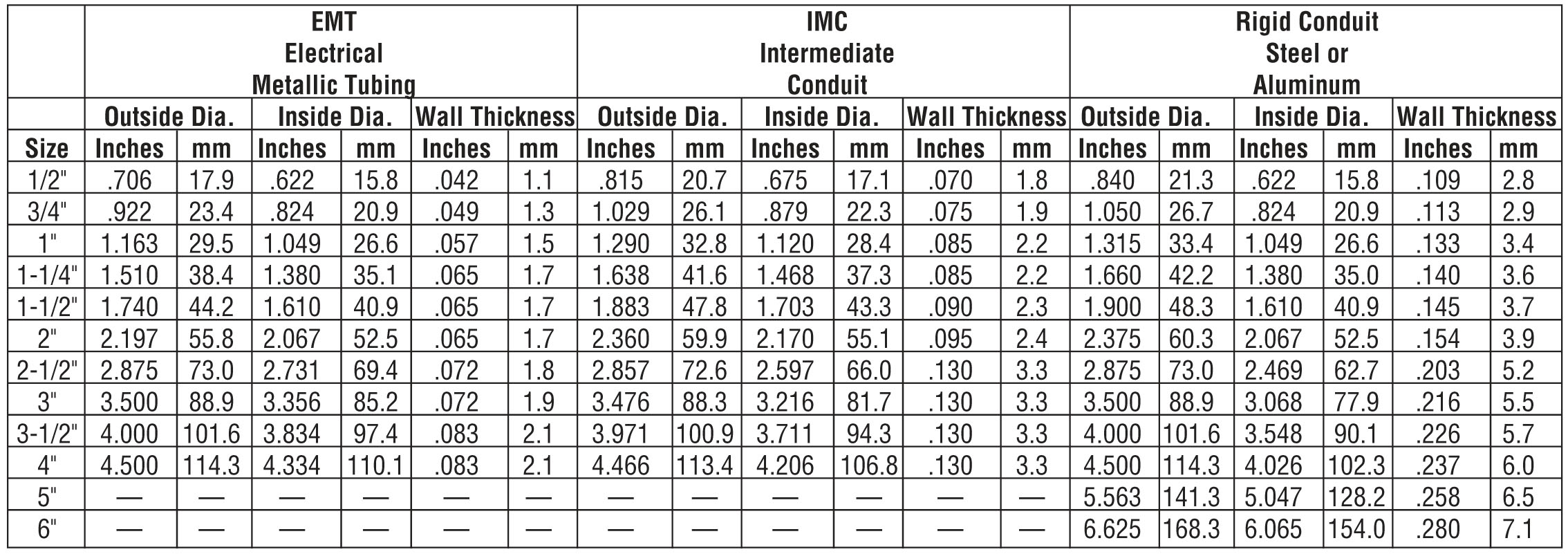A aluminium sheets metal gauge sometimes spelled gage indicates the standard thickness of sheet metal for a specific material.
Standard sheet metal gauge tolerance.
Conversion data chart standard gauges chart gauge tolerance chart useful data page.
This is known as the manufacturers standard gage for sheet steel.
Aluminum sheet thickness tolerances 1100 3003 5052 6061 2024 7075 1100 3003 5052 6061 2024 7075.
Sheet metal knowledge menu sheet metal manufacturing and services.
Sheet metal guage tolerances during the rolling process the rollers bow slightly which results in the sheets being thinner on the edges.
Gauge differs between ferrous iron based metals and nonferrous metals such as aluminum or copper.
Sheet metal thickness gauges for steel are based on a weight of 41 82 pounds per square foot per inch of thickness.
Here is another dfm tip.
Monroe nor any of its employees shall be held liable for any improper or incorrect use of the information described and or contained herein and assumes no responsibility for anyone s use of the information.
Commonly used steel sheet metal ranges from 30 gauge to about 7 gauge.
A gauge conversion chart can be used to determine the actual thickness of sheet metal in inches or millimeters.
The gauge table creates a convenient drop down list so that only valid sheet metal thicknesses may be selected.
For example 18 gauge steel according to a gauge conversion chart is 0 0478 inch or 1 214 millimeter.
An accurate gauge table helps with modeling speed and provides a degree of self explanation to other cad jockeys who review the model.
The following sheet metal gauge size reference chart gives the weight and thickness of sheet metal given as a gauge sometimes spelled gage and indicates the standard thickness of sheet metal and wire for most materials as the gauge number increases the material thickness.
Haomei common used aluminum sheet thickness 0 3mm 0 5mm 0 8mm 1mm 1 2mm 1 5mm 2mm 2 5mm 3mm 4mm 5mm and above.
Gauges are neither standard nor metric and the values are independent of those measurement systems.
The larger the gauge number the thinner the metal.
As the gauge number increases the material thickness decreases.
For other materials such as aluminum and brass the thicknesses will be different.
The tolerances in the table and attachments reflect current manufacturing practices and commercial standards and are not representative of the manufacturer s standard gauge which has no inherent tolerances.
Sheet metal gauges the below table summarizes sheet metal gauge and tolerances.

